
In today’s data-driven economy, organizations that effectively leverage their data hold a clear competitive advantage. Whether you’re managing a marketplace, SaaS platform, or B2B ecosystem, evaluating the data maturity of companies on your platform is crucial. Companies with higher data maturity tend to make better decisions, innovate faster, and adapt more easily to changing environments — making them ideal partners, customers, or clients.
But how exactly do you assess data maturity? Let’s dive into the key steps and factors you should consider.
Data maturity refers to an organization’s ability to collect, manage, analyze, and use data strategically. Higher levels of data maturity mean a company doesn’t just store data — it turns data into actionable insights and competitive strategies.
Data maturity typically evolves across several stages:
Initial/Ad Hoc: Data is scattered, ungoverned, and rarely used for decision-making.
Developing: Basic data processes exist, but integration and governance are limited.
Defined: Data is managed systematically with formalized governance structures.
Advanced: Data is integrated across the organization and used for predictive analytics.
Optimized: Data drives real-time decision-making, automation, and continuous innovation.
Start by assessing whether the company has established policies and structures to manage data quality, security, and compliance.
Questions to Ask:
Is there a formal data governance team?
Are there clear data ownership policies?
How is data privacy managed (e.g., GDPR compliance)?
Why it matters: Strong governance ensures reliability and trust in the company’s data assets.
Examine how easily different data sources are connected and accessible within the company.
Signs of maturity:
Unified data platforms (e.g., data lakes, data warehouses)
APIs for data sharing
Cross-departmental data access
Why it matters: Data silos slow down analysis and insights. Integrated data drives smarter, faster decisions.
Look at the tools, technologies, and skills used for data analysis.
Mature organizations often use:
BI tools (Power BI, Tableau, Looker)
Predictive and prescriptive analytics
AI and machine learning for pattern recognition
Why it matters: Advanced analytics reveal future opportunities and risks, not just historical performance.
Data maturity is not just about tools — it’s about people and mindset.
Indicators of a strong data culture:
Employees are trained in data literacy.
Leadership promotes data-driven decision-making.
Success metrics are backed by data, not intuition.
Why it matters: Without a data-driven culture, even the best tools won’t deliver strategic value.
Finally, examine how companies use data to drive tangible business outcomes.
Metrics to review:
Time to insights (speed of decision-making)
ROI on data initiatives
Examples of innovation enabled by data
Why it matters: True data maturity results in measurable business impact.
Consider adopting a structured data maturity model to benchmark companies consistently. Some popular models include:
Gartner’s Data and Analytics Maturity Model
Dell’s Data Maturity Model
DAMA-DMBOK Framework
These models offer detailed criteria for rating organizations across multiple dimensions.
Assessing data maturity isn’t just about ticking boxes — it’s about understanding how deeply companies value and leverage data to compete and grow.
When you systematically evaluate the data maturity of companies on your platform, you can:
Identify the best partners and clients.
Reduce risk in collaborations.
Foster a high-performing ecosystem.
In an era where data is the new oil, evaluating data maturity should be a non-negotiable part of your platform’s strategy.
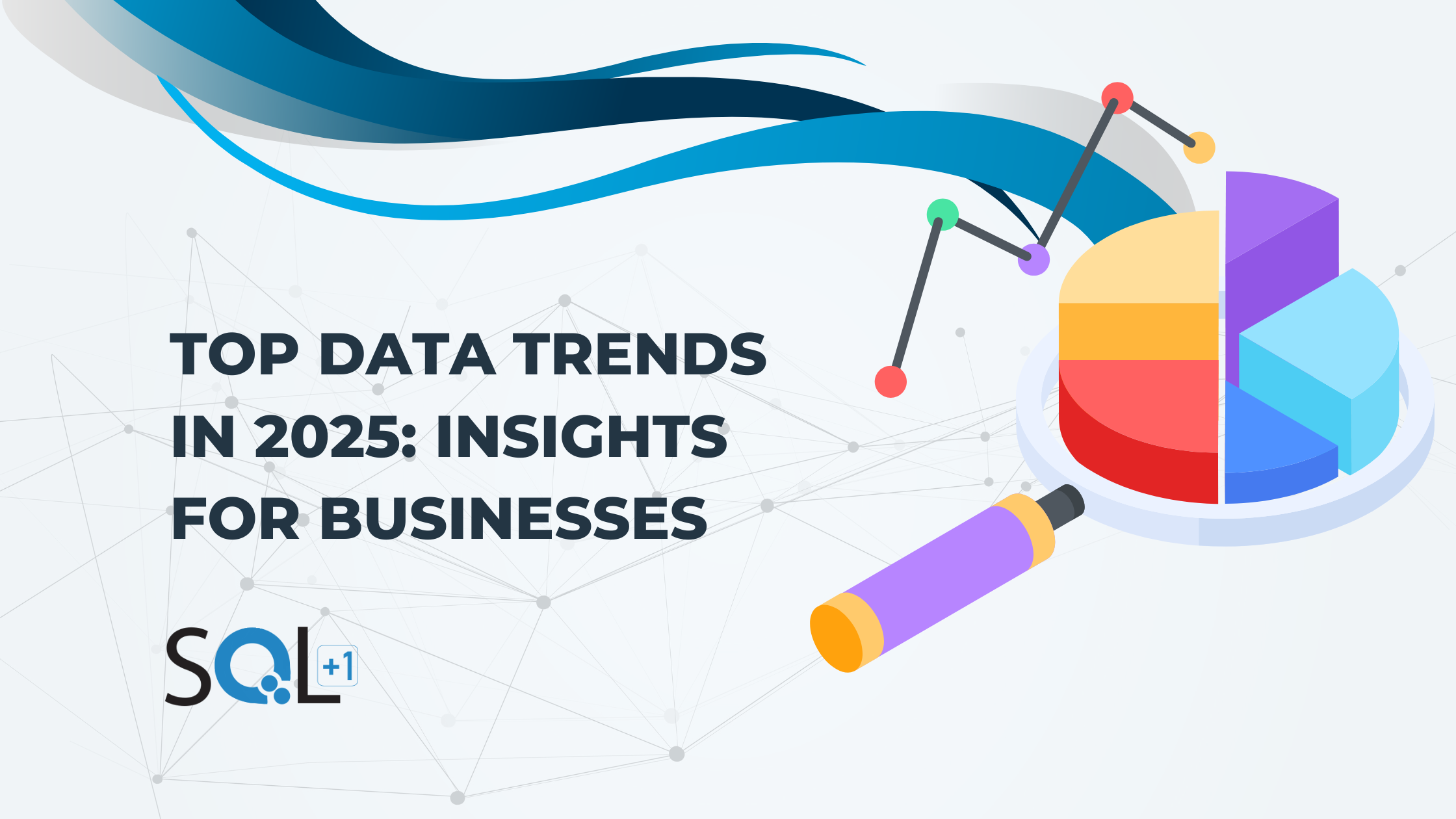
May 9, 2025- By: Sqlplusone
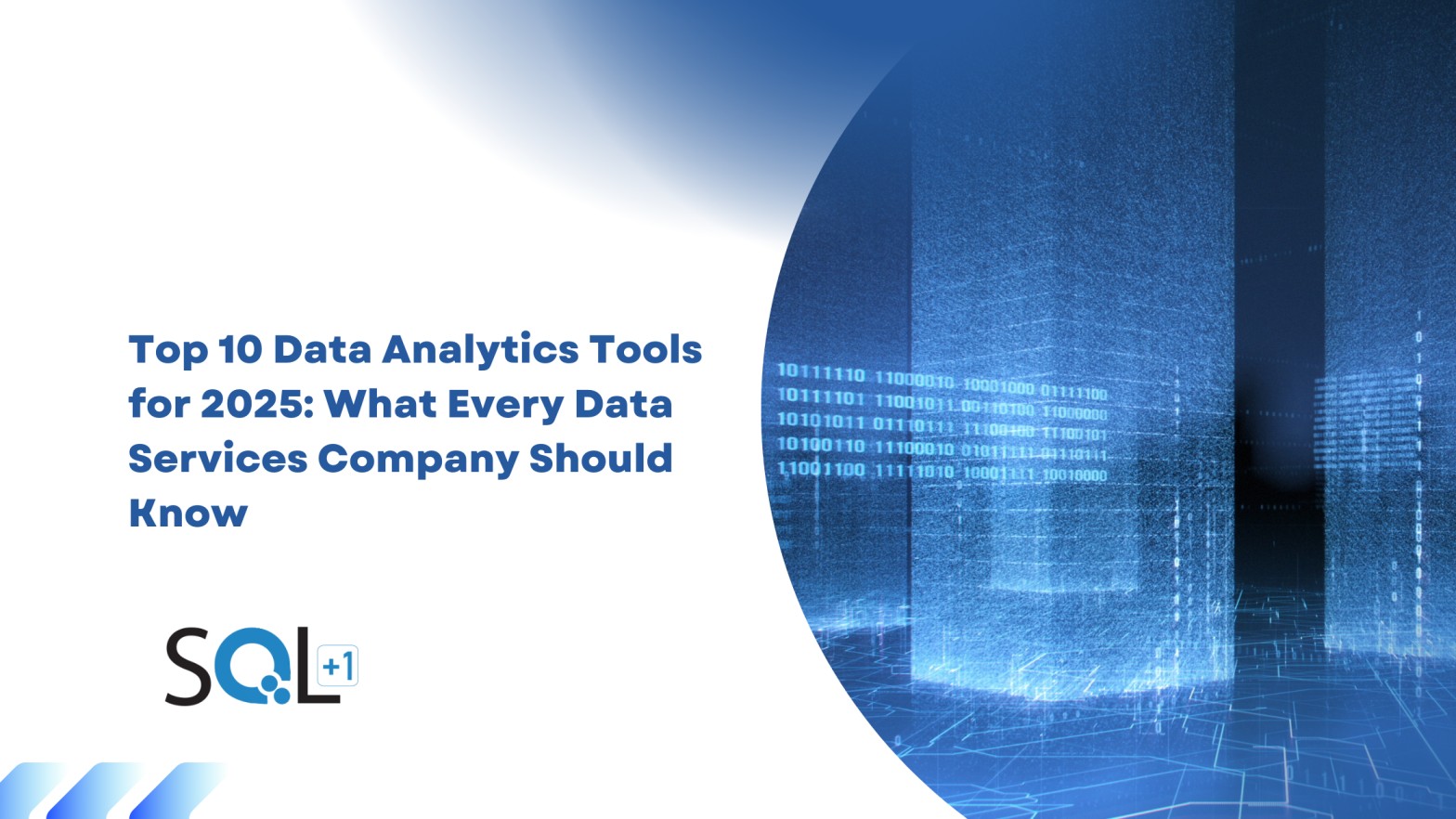
May 24, 2025- By: Sqlplusone

May 30, 2025- By: Sqlplusone

Apr 9, 2025- By: Sqlplusone

May 4, 2025- By: Sqlplusone
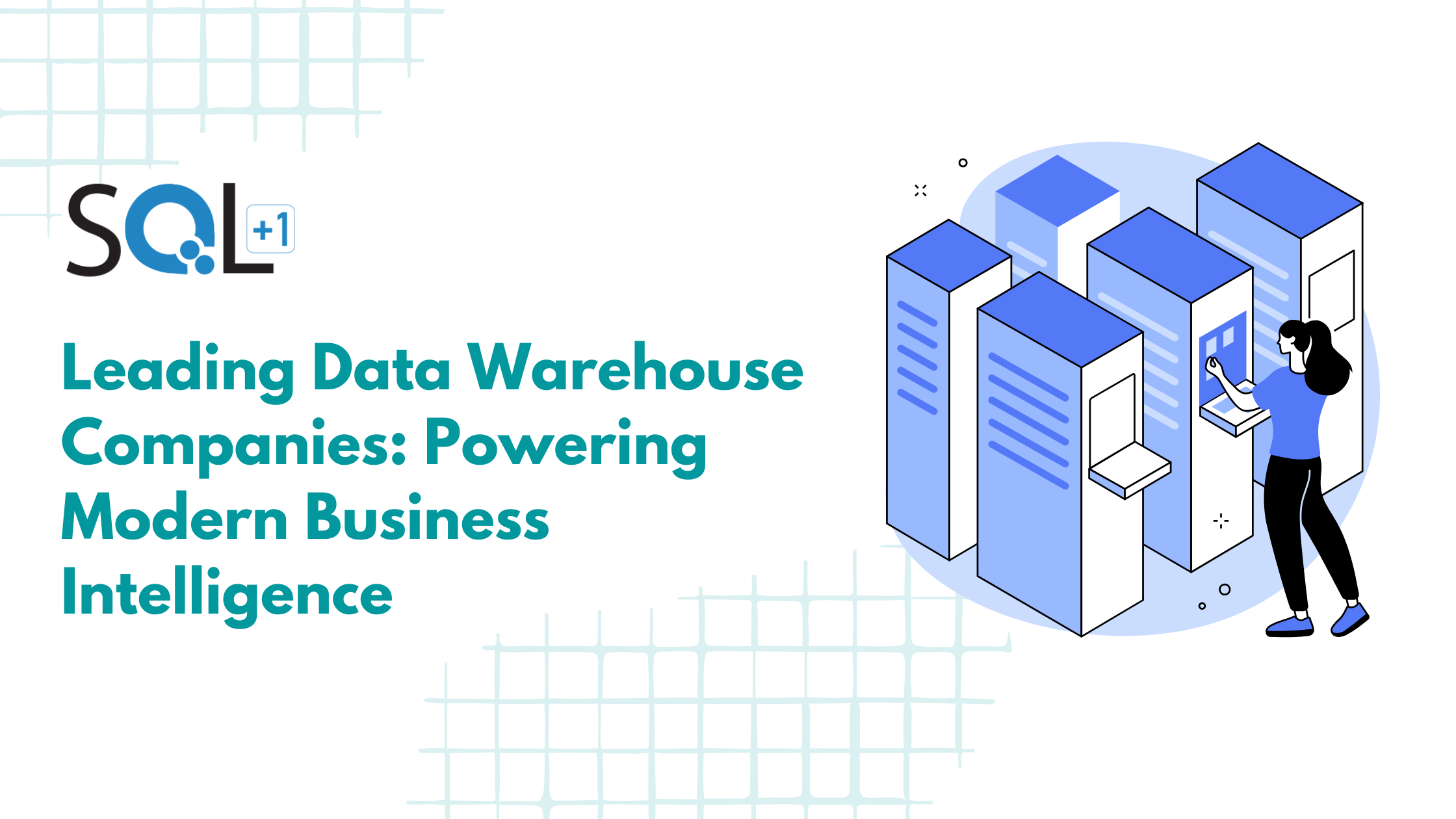
Jun 25, 2025- By: Sqlplusone

Jun 13, 2025- By: Sqlplusone

Jun 8, 2025- By: Sqlplusone
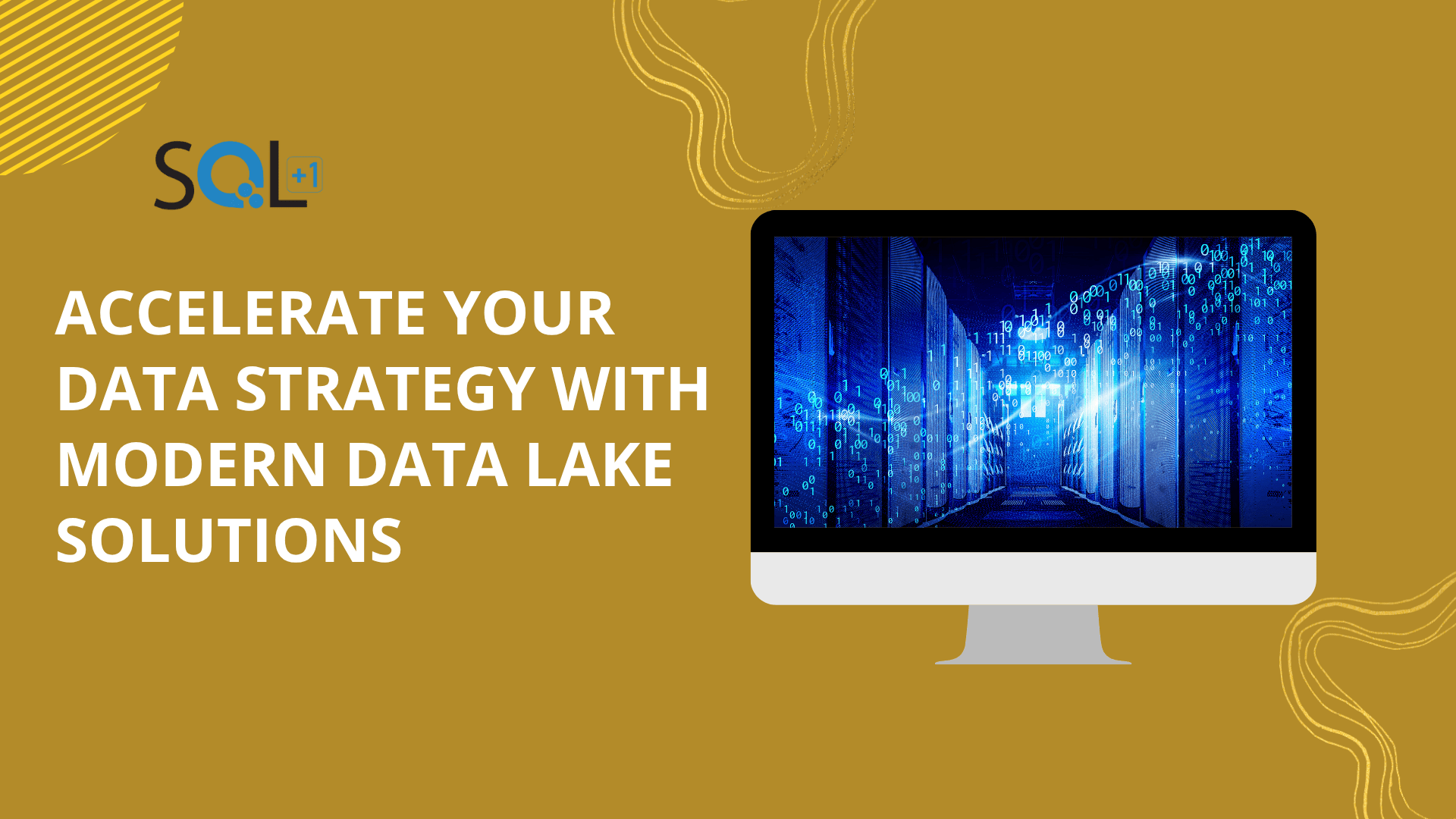
Jun 6, 2025- By: Sqlplusone
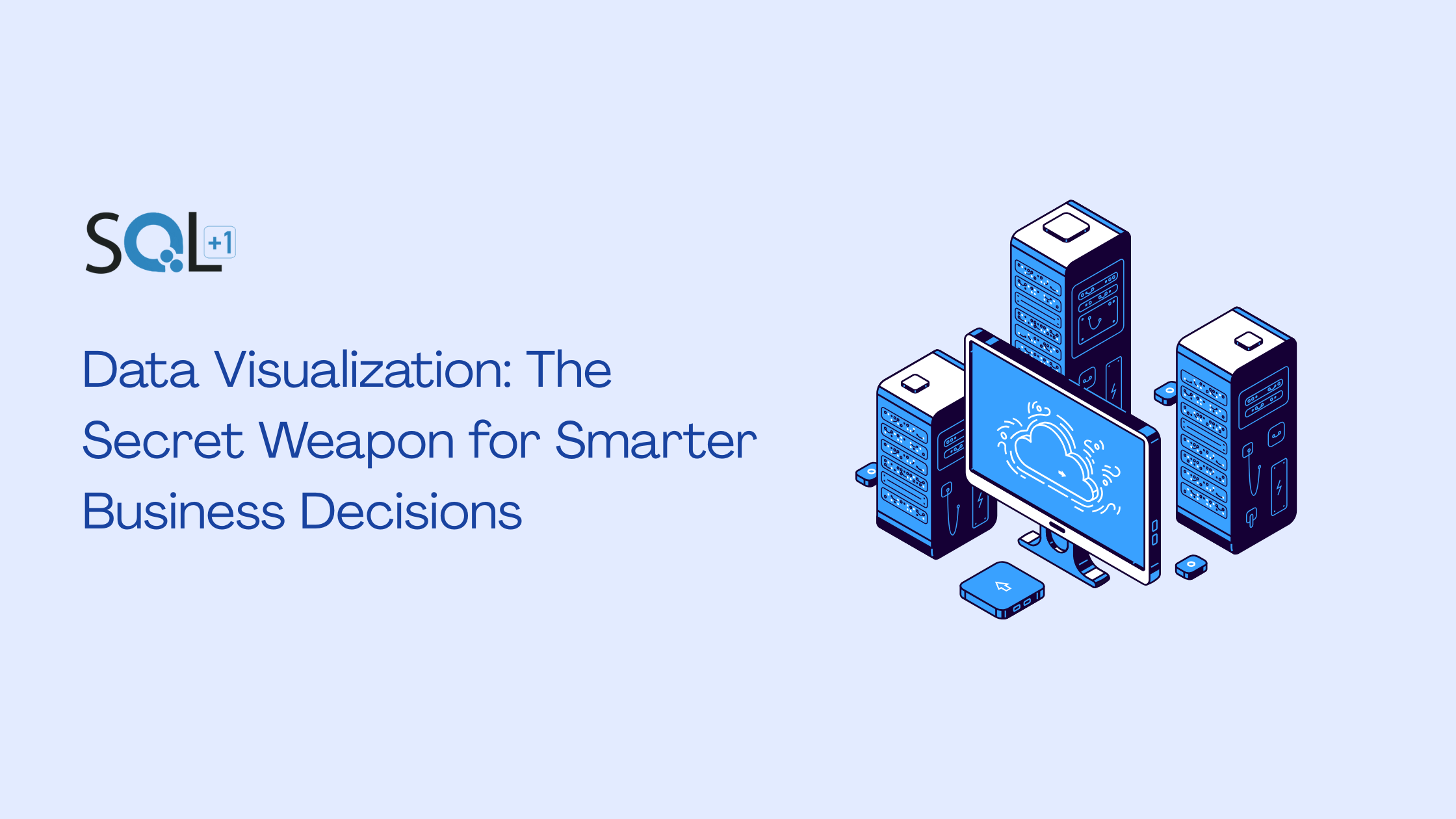
Jun 4, 2025- By: Sqlplusone